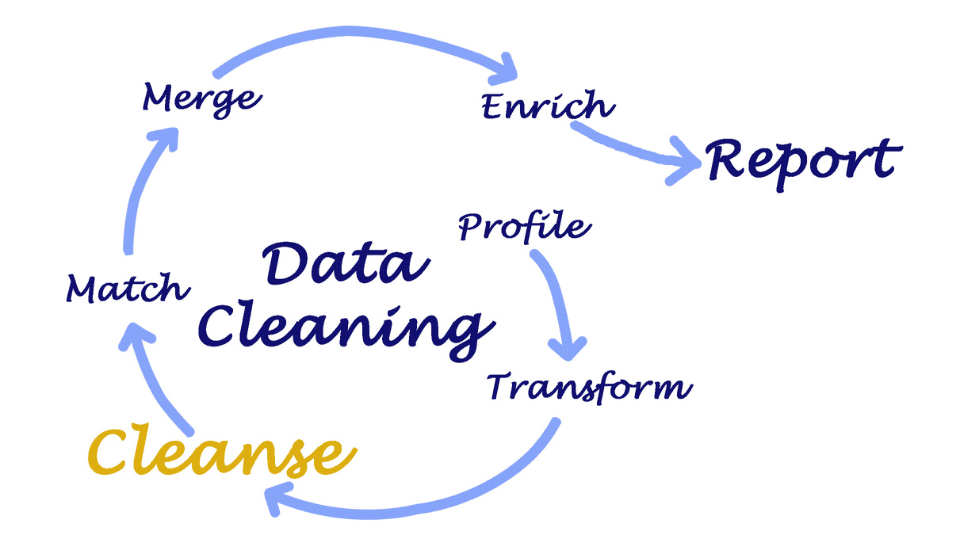In today’s competitive e-commerce landscape, data has become the cornerstone of business success. Every interaction, transaction, and click generates valuable information that, when harnessed correctly, can lead to actionable insights and a significant competitive advantage. We explore the critical components of building a robust data strategy, enabling e-commerce businesses to transform raw data into powerful insights that drive growth, optimize operations, and enhance customer experiences.

Here is how to get started:
1. Collecting the Right Data: A Strategic Approach
Understanding the Data Landscape
Effective data collection begins with identifying the most relevant data points that align with your business goals. These may include:
- Customer Data: Demographics, purchase history, browsing behavior, and engagement metrics.
- Product Data: Detailed descriptions, images, reviews, sales statistics, and inventory levels.
- Website Data: Traffic sources, page views, bounce rates, session durations, and conversion paths.
- Financial Data: Revenue, costs, profit margins, and other key financial indicators.
Collecting the right data is the foundation of a successful data strategy, ensuring that your business focuses on insights that matter most.
Best Practices for Data Collection
- Integration with CRM and Analytics Tools: Seamlessly integrating your data collection systems with customer relationship management (CRM) and web analytics tools ensures comprehensive data coverage.
- Compliance with Data Privacy Regulations: Adherence to regulations like GDPR and CCPA is essential to avoid penalties and maintain customer trust.
- Use of Customer Feedback: Regularly collecting and analyzing customer feedback provides qualitative insights that complement quantitative data.

2. Data Cleaning and Analysis: Transforming Raw Data into Actionable Insights
The Importance of Data Cleaning
Before analyzing data, it is essential to clean it—removing duplicates, correcting errors, and standardizing formats. Clean data is accurate, reliable, and ready for in-depth analysis.
Analytical Techniques for E-Commerce Success
- Descriptive Analytics: Summarize and visualize data to identify trends, such as top-selling products, peak shopping times, and high-performing marketing channels.
- Diagnostic Analytics: Delve deeper into data to uncover the root causes of issues like cart abandonment, low conversion rates, or high customer churn.
- Predictive Analytics: Use historical data to forecast future trends, such as predicting customer behavior or demand for certain products.
- Prescriptive Analytics: Recommend actions based on predictive insights, helping businesses optimize inventory, pricing, and marketing strategies.
Data Visualization Tools
Leverage data visualization tools like Tableau, Power BI, or Google Data Studio to create intuitive dashboards that make complex data easier to understand and act upon.
3. Taking Action: Data-Driven Decision-Making

Turning Insights into Strategies
Actionable insights derived from data analysis enable e-commerce businesses to make informed decisions across various domains:
- Product Selection: Tailor your product offerings based on customer preferences and purchasing trends.
- Pricing Strategy: Implement dynamic pricing models that respond to market demand and competitor pricing.
- Marketing Campaigns: Optimize marketing efforts by targeting specific customer segments with personalized content and offers.
- Website Design: Improve user experience by analyzing customer behavior on your website, such as identifying pages with high bounce rates and optimizing them for better engagement.
Continuous Monitoring and Adjustment
Data-driven decisions are not static. Continuous monitoring of key performance indicators (KPIs) allows businesses to adapt strategies in response to evolving market conditions and customer behavior.
Recommended KPI Monitoring:
- Sales Growth: Track revenue growth over time to assess the effectiveness of your strategies.
- Conversion Rate: Measure the percentage of visitors who make a purchase, indicating the efficiency of your sales funnel.
- Customer Satisfaction: Use surveys and feedback forms to gauge customer satisfaction and identify areas for improvement.
- Website Traffic: Monitor traffic sources, page views, and user engagement to refine your digital marketing efforts.
4. Data Storage and Security: Protecting Your Most Valuable Asset

Ensuring Scalable and Secure Data Storage
As your e-commerce business grows, so does the volume of data you generate. It’s essential to choose a data storage solution that scales with your business while maintaining the highest security standards.
Key Considerations:
- Cloud Storage Solutions: Leverage cloud-based platforms like AWS, Google Cloud, or Microsoft Azure for scalable and secure data storage.
- Data Encryption: Implement end-to-end encryption to protect sensitive customer information from unauthorized access.
- Compliance with Regulations: Ensure your data storage practices comply with relevant data protection laws, such as GDPR or CCPA, to avoid legal complications and maintain customer trust.
5. Leveraging AI and Machine Learning: The Future of E-Commerce

Integrating AI/ML for Advanced Data Utilization
Artificial intelligence (AI) and machine learning (ML) are transforming the e-commerce landscape by enabling businesses to extract deeper insights from their data and make more precise decisions.
Key AI/ML Applications:
- Image Recognition: Customers can search for products using images, improving the shopping experience and conversion rates.
- Chatbots: Deploy AI-powered chatbots for instant customer support, freeing up human resources for complex tasks.
- Fraud Detection: Use real-time ML algorithms to identify and prevent fraudulent transactions, enhancing security.
- Natural Language Processing (NLP): Analyze customer reviews and social media mentions to gauge sentiment and customer satisfaction.
- Dynamic Content Generation: Automatically generate personalized product descriptions, emails, and content, increasing engagement and conversions.
- Supply Chain Optimization: Utilize AI-driven forecasting and route optimization to streamline supply chain operations, reducing costs and improving delivery times.
Conclusion
Data is the lifeblood of modern e-commerce. By implementing a comprehensive data strategy, cleaning and analyzing data effectively, and leveraging the power of AI/ML, businesses can unlock unparalleled opportunities for growth, efficiency, and customer satisfaction. Embrace the potential of data-driven decision-making to stay ahead of the competition and secure your e-commerce business’s future success.
Also read:






